Ask AI on The Internet
Question: Describe the SAMR (Substitution, Augmentation, Modification, Redefinition) model for technology integration. How can South African educators apply this model to enhance classroom activities with ICTs?
The SAMR model is a framework created by Dr. Ruben Puentedura that helps educators integrate technology into teaching and learning processes by categorizing its use into four different levels: Substitution, Augmentation, Modification, and Redefinition. These levels operate on a continuum, beginning with basic enhancements and moving toward transformative uses of technology. 1. **Substitution:** Technology acts as a direct substitute for traditional tools, with no significant change in function. For example, using a word processor instead of pen and paper to write an essay. 2. **Augmentation:** Technology still substitutes but with added functionality. For example, using a word processor’s spell check and grammar suggestions to improve writing quality. 3. **Modification:** Technology allows significant task redesign. For example, students could collaborate on a document using Google Docs, enabling real-time feedback and collaborative editing. 4. **Redefinition:** Technology allows for the creation of new tasks that were previously inconceivable. For example, students could create multimedia projects, such as videos or podcasts, and share them with a global audience through the internet. ### Applying the SAMR Model in South African Classrooms #### Substitution: - **Digital Textbooks:** Replacing traditional textbooks with e-books. - **e-Worksheets:** Using online or downloadable worksheets instead of printed ones. #### Augmentation: - **Interactive Quizzes:** Utilizing online quiz platforms like Kahoot! or Quizizz which offer immediate feedback and engagement. - **Using Presentation Software:** Enhancing traditional presentations with PowerPoint or Google Slides that include multimedia elements like videos or audio. #### Modification: - **Collaborative Projects:** Encouraging students to use online tools like Google Docs, Sheets, or Slides for group projects, fostering teamwork and real-time collaboration. - **Digital Storytelling:** Allowing students to create digital stories with tools like Storybird or Book Creator, which can include text, images, and audio. #### Redefinition: - **Global Connections:** Connecting students with peers from different parts of South Africa or the world via platforms like Skype or Zoom for cultural exchange projects. - **Virtual Reality (VR):** Using VR tools to take virtual field trips, allowing students to explore historical sites, museums, and geographic locations around the world from their classroom. ### Strategies for Effective Implementation: 1. **Professional Development:** - Offer continuous training for teachers on how to use various technology tools and integrate them into their pedagogy. - Create peer-to-peer learning groups or communities of practice within schools or districts. 2. **Access to Technology:** - Ensure all students have access to the necessary devices and internet connections. - Leverage funding opportunities and partnerships with tech companies to equip schools with ICT infrastructure. 3. **Curriculum Integration:** - Align technology use with the national curriculum and learning outcomes. - Design lessons that intentionally incorporate technology to deepen understanding and engagement. 4. **Support Systems:** - Establish a support system for troubleshooting technical issues. - Appoint or train tech-savvy staff members to assist colleagues. 5. **Assessment and Feedback:** - Regularly assess the impact of technology integration on student learning. - Collect feedback from both students and teachers to make data-driven adjustments. By thoughtfully applying the SAMR model, South African educators can transform their classroom activities, making learning more interactive, engaging, and effective with the help of ICTs. This not only prepares students with the digital skills needed for the future but also bridges the gap towards a more modern education system.
Think your answer is better than the AI's? Post it below.
Other Most Relevant Posts:
 1. ICT Integration in South African Schools
2. Challenges in ICT Integration
3. Bridging the Digital Divide in South African Schools
4. SAMR Model in South African Schools
5. Innovative ICT Use i
1. ICT Integration in South African Schools
2. Challenges in ICT Integration
3. Bridging the Digital Divide in South African Schools
4. SAMR Model in South African Schools
5. Innovative ICT Use i
Question Tags
If you want your question answered by an AI, click here.
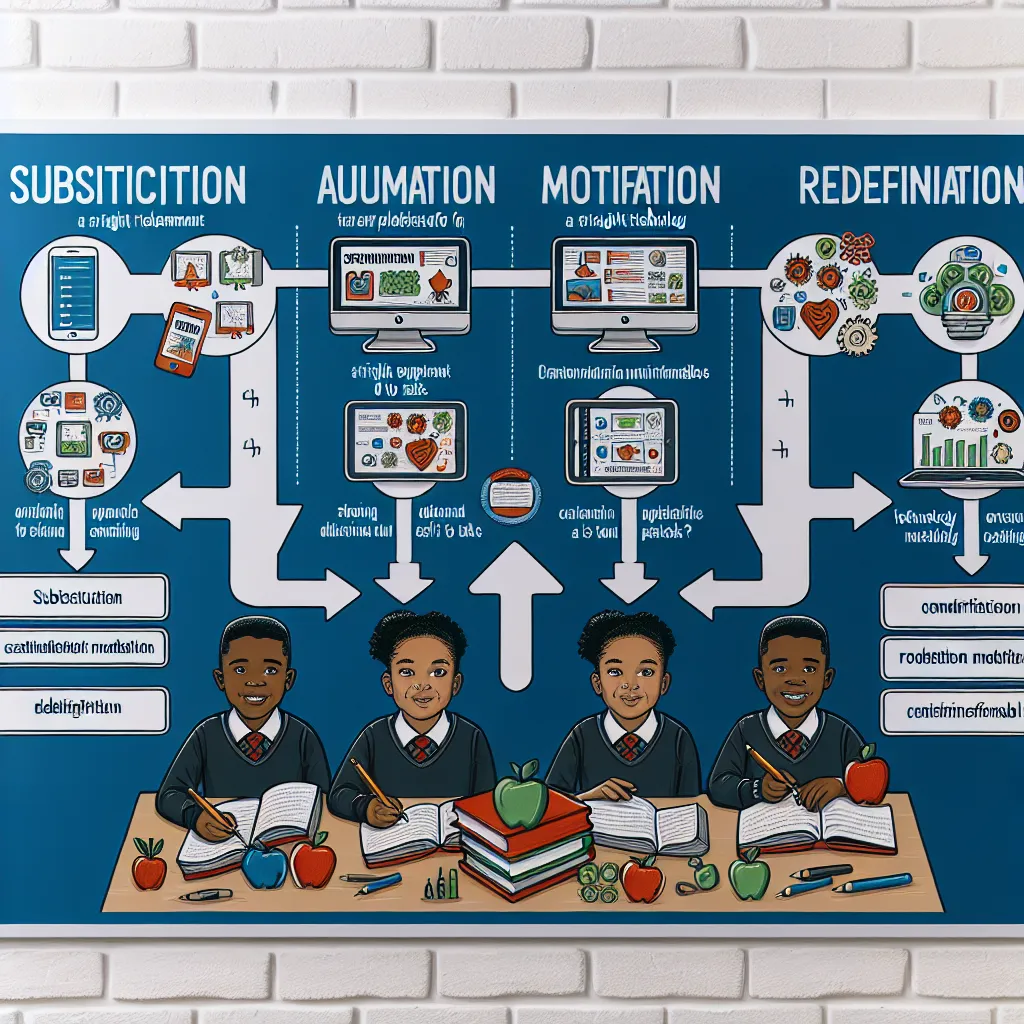
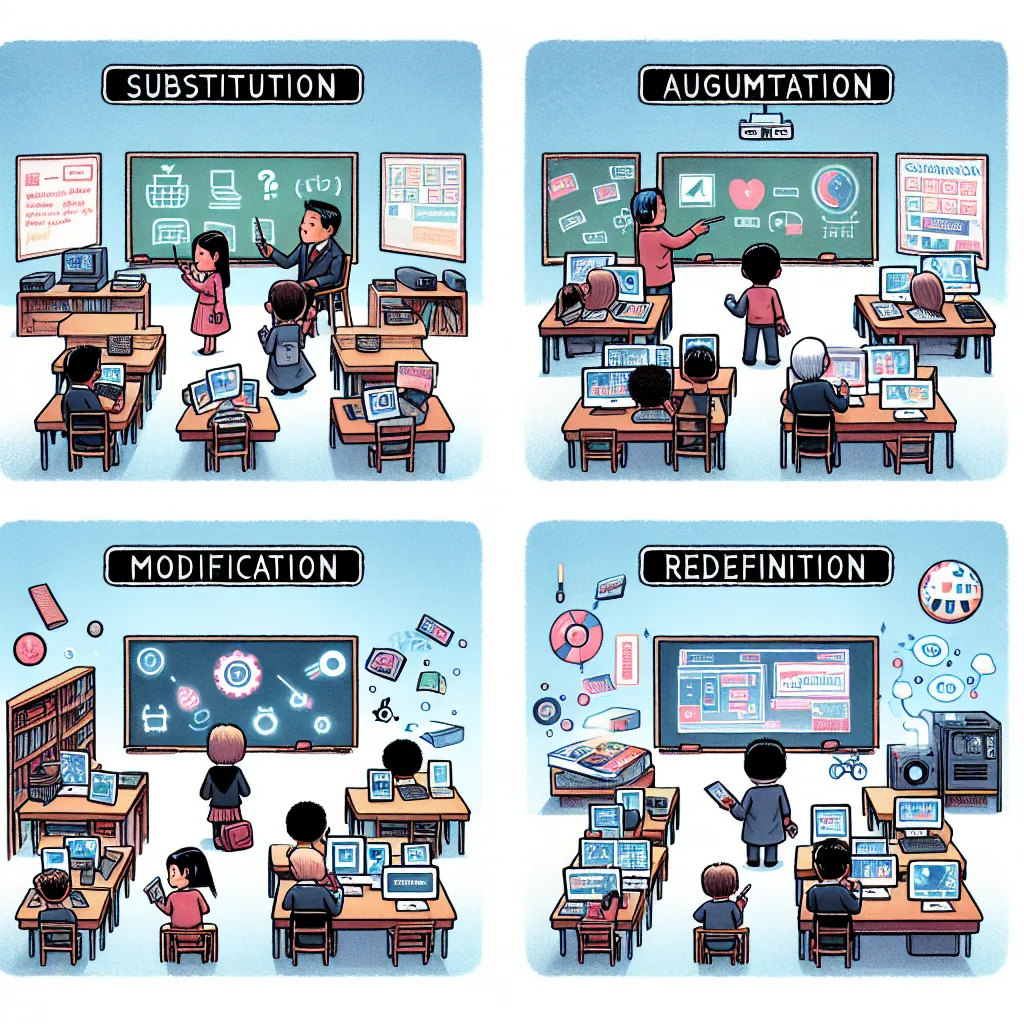
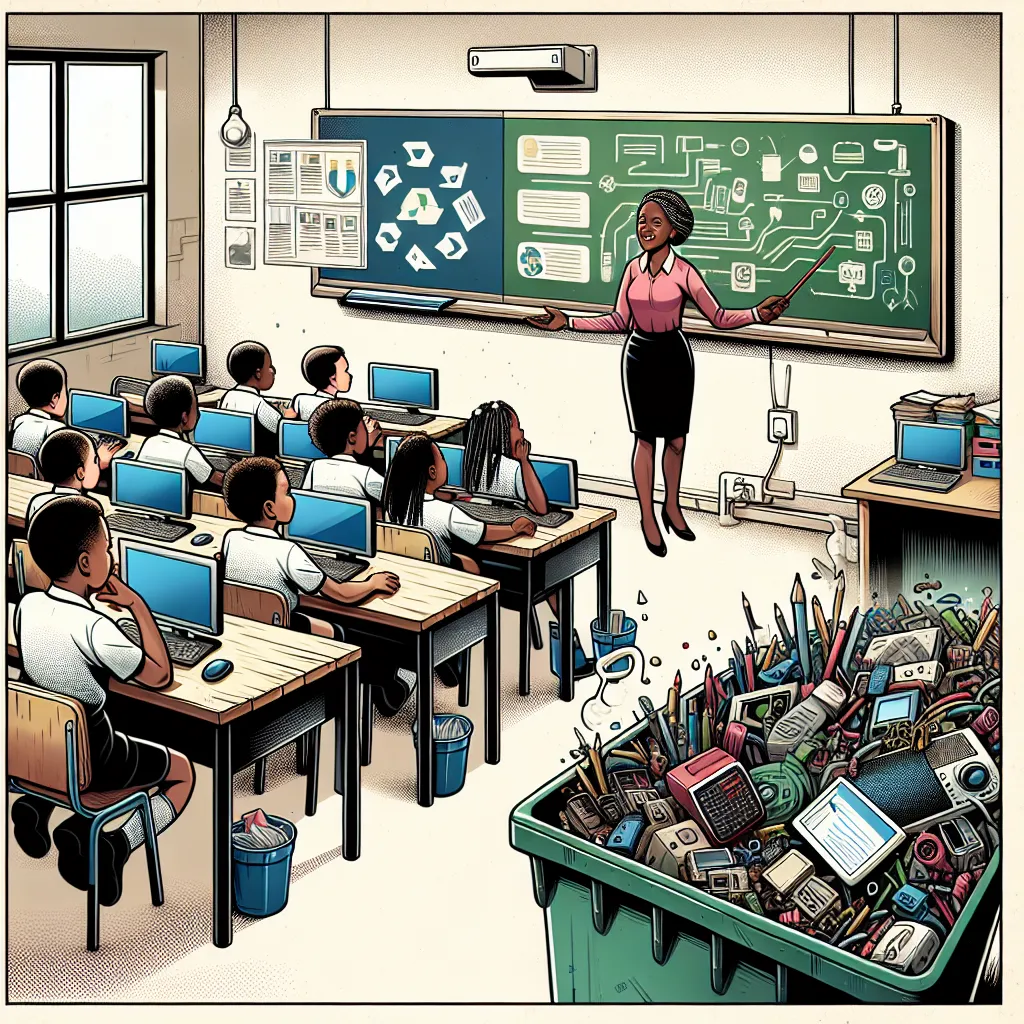
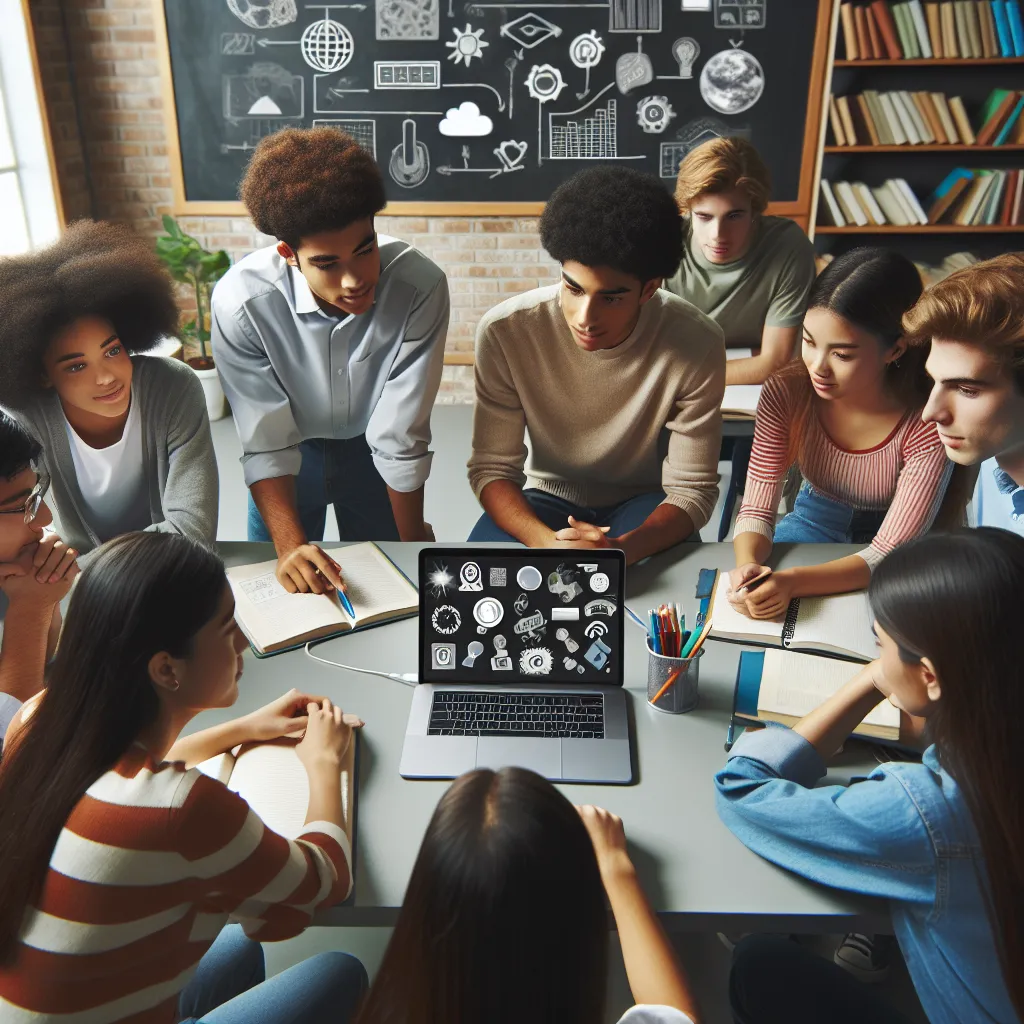
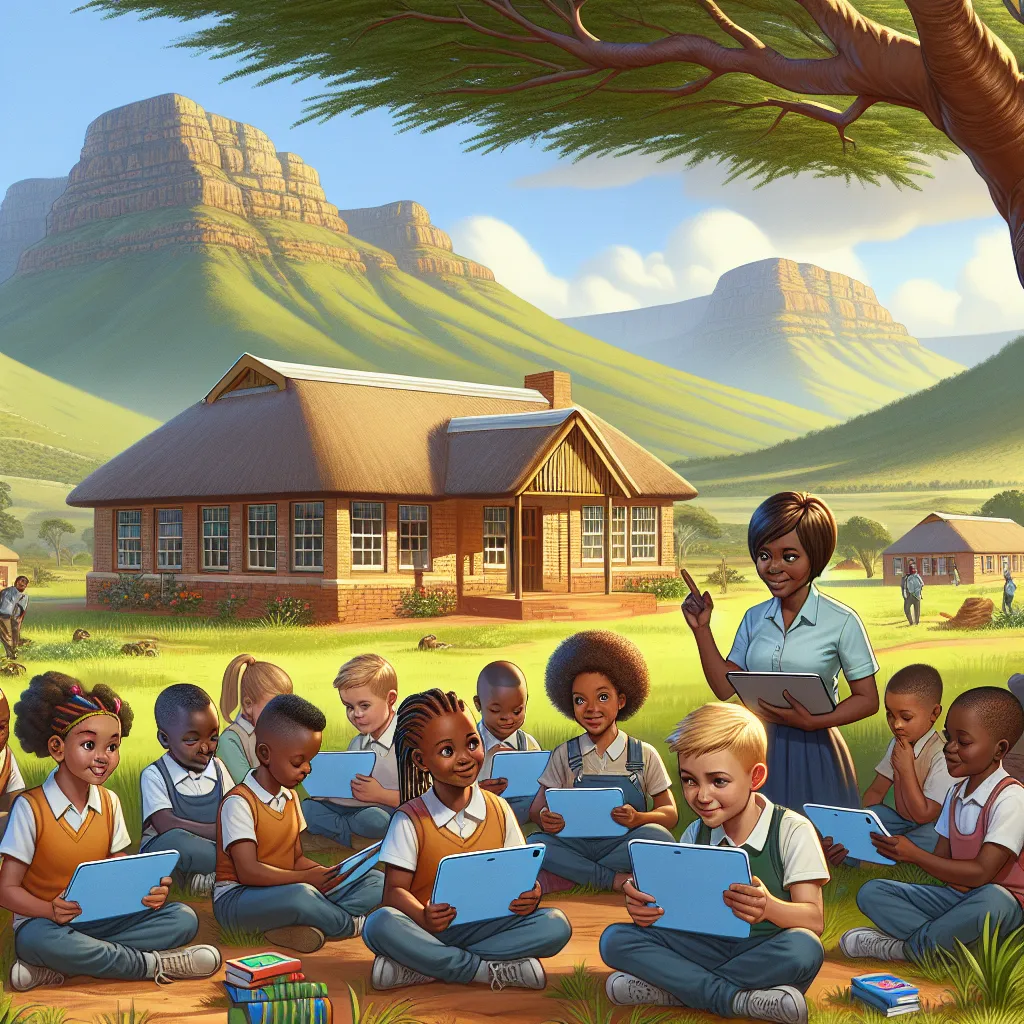
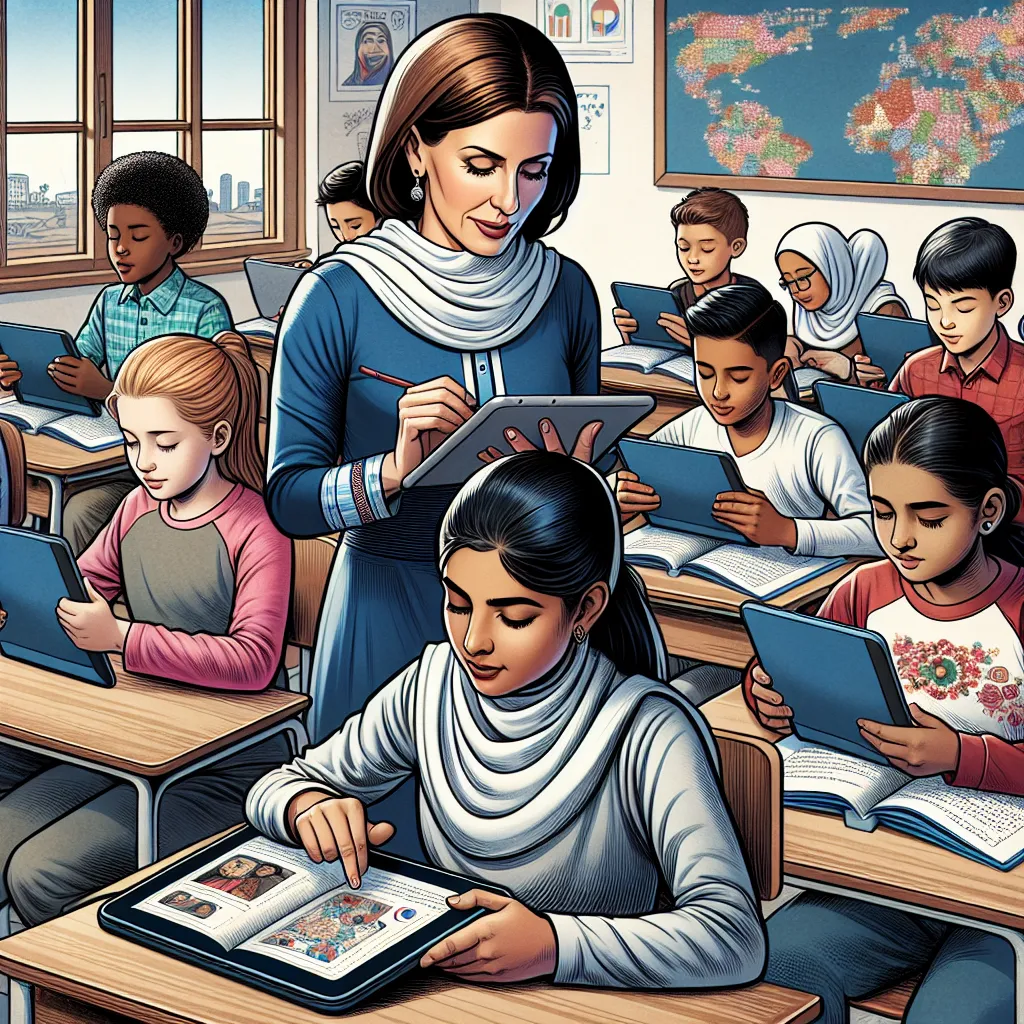
Post your own comment: